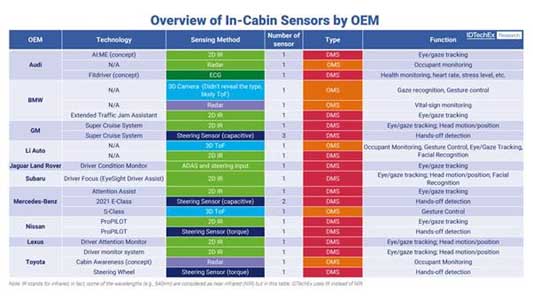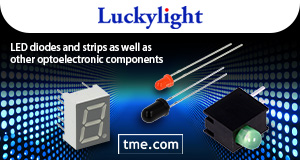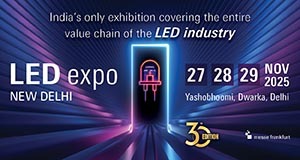As regulatory frameworks such as the EU’s Advanced Driver Distraction Warning (ADDW) near enforcement, automotive OEMs are increasingly integrating in-cabin sensing technologies with software-defined vehicle architectures. This shift, evident at CES 2025, marks a pivotal moment in the automotive industry as OEMs leverage existing hardware—such as infrared and RGB cameras—to develop new revenue streams and enhance user experiences. IDTechEx, in its “In-Cabin Sensing 2025-2035: Technologies, Opportunities, and Markets” report, explores how this convergence is shaping the future of smart mobility.
Multi-functional systems – increasing reliance on software and reduced reliance on hardware
Automotive OEMs are highly cost-sensitive, which drives them to minimize hardware requirements while maximizing functionality. To achieve this, manufacturers are increasingly shifting their focus toward software-driven solutions that enhance vehicle capabilities without adding extra physical components.
By leveraging advanced software, OEMs can integrate multiple features into a single system, optimizing the use of existing hardware. For example, Hyundai has developed an in-car system capable of analyzing and assessing over 10 different parameters in real time, including the driver’s posture, seat belt usage, and vital signs. This approach not only reduces costs but also improves efficiency, flexibility, and scalability.
As vehicles become more connected and autonomous, software-based multi-functional systems will play a crucial role in improving safety, convenience, and overall driving experience. This trend is expected to continue as OEMs seek to enhance vehicle intelligence while keeping production costs under control.
NIR cameras leading the way for DMS
Near-infrared (NIR) cameras are set to become the leading technology for DMS as the demand for active monitoring continues to grow. Unlike traditional visible-light cameras, NIR cameras operate in low-light and nighttime conditions, making them ideal for continuous and reliable driver monitoring regardless of ambient lighting.
These cameras use infrared illumination, which is invisible to the human eye, allowing them to capture high-quality images without distracting the driver. This makes them particularly effective for tracking eye movements, detecting drowsiness, and identifying distracted driving behaviors. Additionally, NIR cameras offer improved accuracy in recognizing facial expressions and gaze direction, enhancing overall safety and compliance with regulatory standards.
As automotive safety regulations become more stringent and autonomous driving technologies advance, the adoption of NIR cameras in DMS is expected to accelerate. Their ability to provide real-time, high-precision data will be crucial in reducing road accidents and improving driver awareness systems in modern vehicles.
Additional hardware needed for multifunctional systems
While software enables sensors to perform multiple functions, additional hardware may still be required in certain situations. One limitation of near-infrared (NIR) cameras is their inability to penetrate physical obstacles, such as seats. This presents a challenge when monitoring passengers in the second row of a vehicle.
To overcome this, automakers often integrate radar technology, specifically millimeter-wave (mmWave) radar, alongside NIR cameras, primarily for occupant monitoring. Unlike NIR cameras, mmWave radar can detect movement and vital signs (e.g., hear rate, etc.) through soft materials like seats, making it a suitable solution for monitoring rear-seat occupants. This technology is particularly useful for child presence detection, occupant monitoring, and safety features that require awareness of all passengers in the vehicle.
By combining NIR cameras with mmWave radar, automakers can create a more comprehensive and reliable in-cabin monitoring system, enhancing safety and compliance with emerging regulations. However, as occupant monitoring is not mandated by regulations as of early 2025, radars often come as an optional component for vehicles. Further to this, in-cabin radars cost between US$30 and US$40, which is still considered as a relatively high-cost add-on, despite that the aim is to reduce the cost to US$20 for the long term. Due to this, IDTechEx believes that radar modules will likely find usage in mid- to high-end vehicles in the short-term future.

For a more in-depth analysis of these trends and the evolving market landscape, IDTechEx’s “In-Cabin Sensing 2025-2035: Technologies, Opportunities, and Markets” report provides comprehensive insights into the technologies, opportunities, and commercial strategies shaping this domain.












